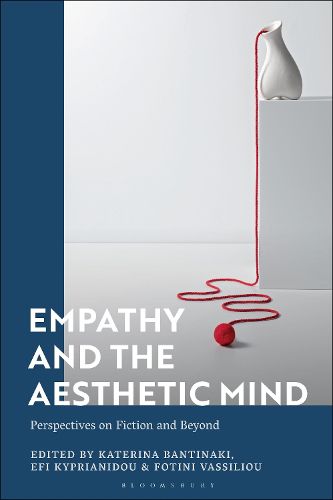Readings Newsletter
Become a Readings Member to make your shopping experience even easier.
Sign in or sign up for free!
You’re not far away from qualifying for FREE standard shipping within Australia
You’ve qualified for FREE standard shipping within Australia
The cart is loading…






Empathy is widely acknowledged as a central, if not necessary, mechanism for understanding works of art, and even as the mode of engagement that mediates art's edifying effects. Bringing together 15 essays by established scholars, this volume probes the character and role of empathy in our engagement with different forms of art, but also the value of such engagement for cognition, our emotive life, and our moral stance.
Opening with a historical reconstruction of the origins of the concept of empathy, the volume develops in four parts that explore in turn our empathic engagement with fictional characters, the cognitive value of such engagement, its relevance for moral agency, as well as the thorny issue of empathic engagement with the inanimate in art, focusing on music and architecture. With an interest in both aesthetics and philosophy of mind, the volume provides an in-depth discussion of these themes, giving careful attention to historical, systematic, and interdisciplinary perspectives.
$9.00 standard shipping within Australia
FREE standard shipping within Australia for orders over $100.00
Express & International shipping calculated at checkout
Empathy is widely acknowledged as a central, if not necessary, mechanism for understanding works of art, and even as the mode of engagement that mediates art's edifying effects. Bringing together 15 essays by established scholars, this volume probes the character and role of empathy in our engagement with different forms of art, but also the value of such engagement for cognition, our emotive life, and our moral stance.
Opening with a historical reconstruction of the origins of the concept of empathy, the volume develops in four parts that explore in turn our empathic engagement with fictional characters, the cognitive value of such engagement, its relevance for moral agency, as well as the thorny issue of empathic engagement with the inanimate in art, focusing on music and architecture. With an interest in both aesthetics and philosophy of mind, the volume provides an in-depth discussion of these themes, giving careful attention to historical, systematic, and interdisciplinary perspectives.